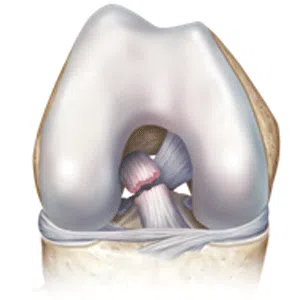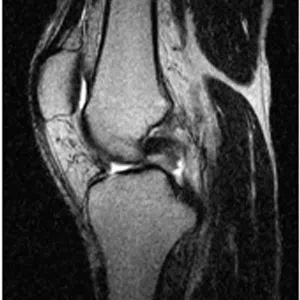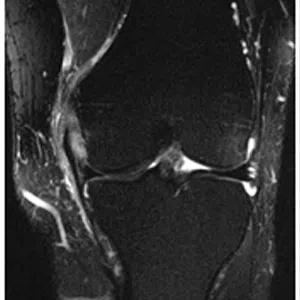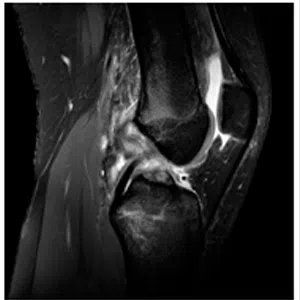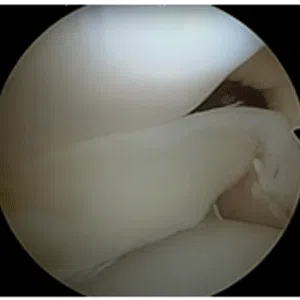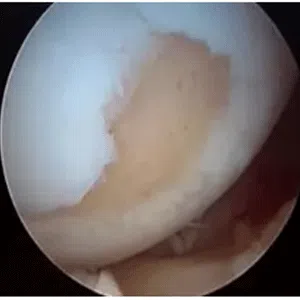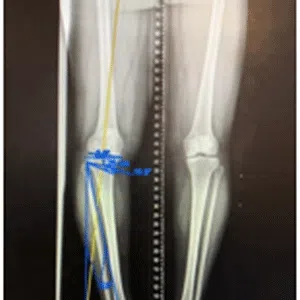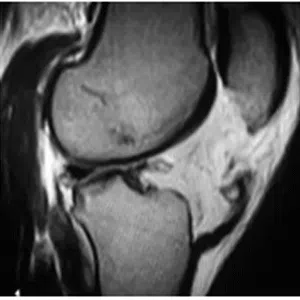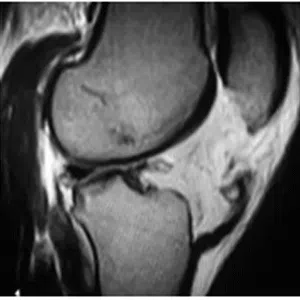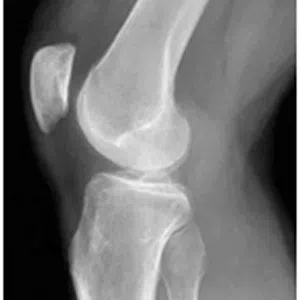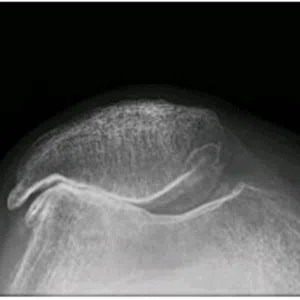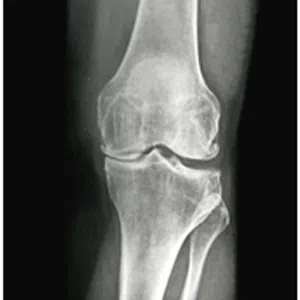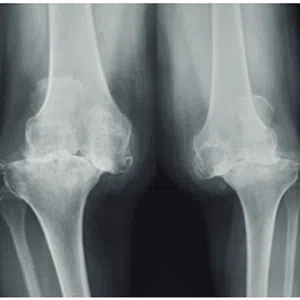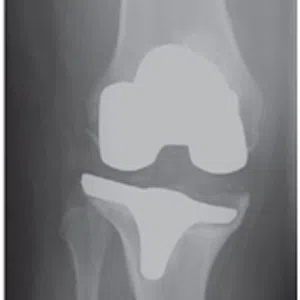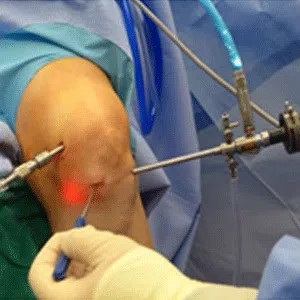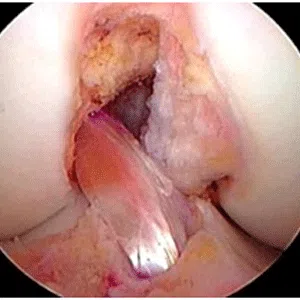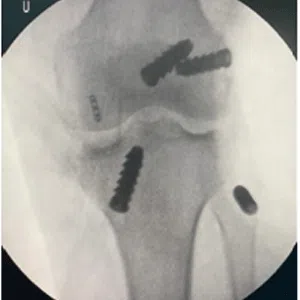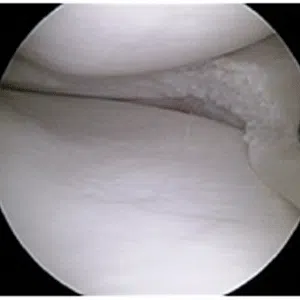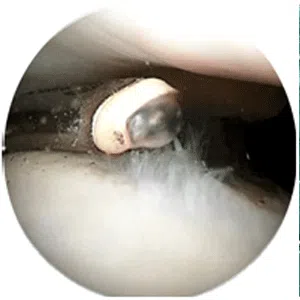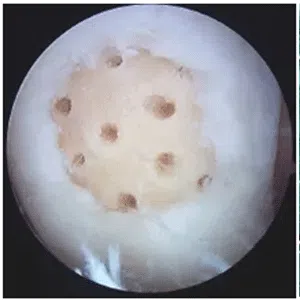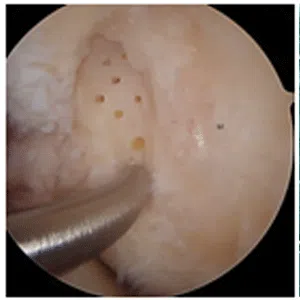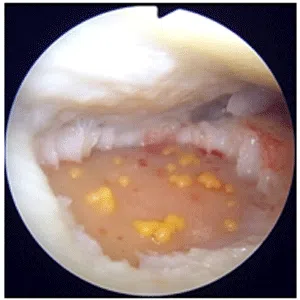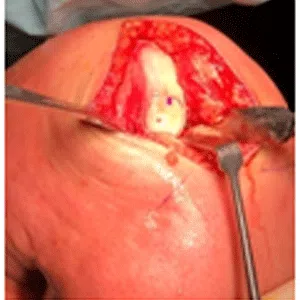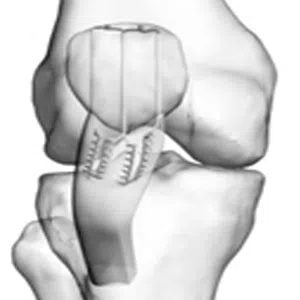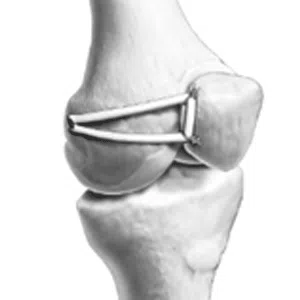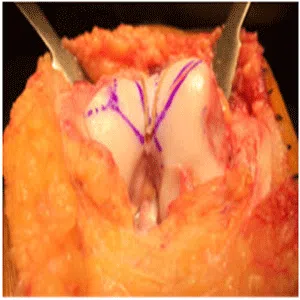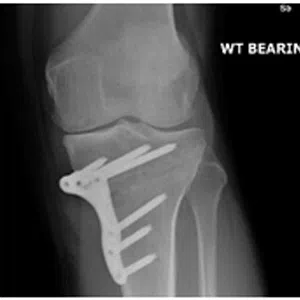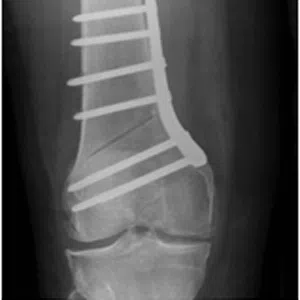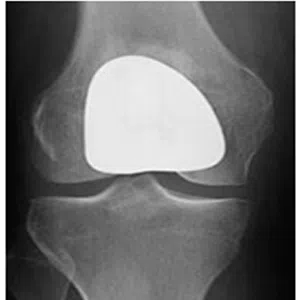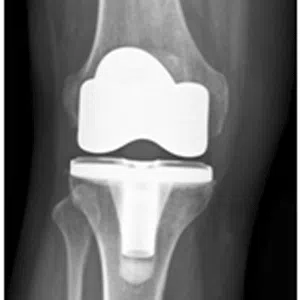
The PCL is a strong ligament that connects the thighbone (femur) to the shinbone (tibia) at the back of the knee joint, providing stability and support to the knee. Arthroscopic posterior cruciate ligament (PCL) reconstruction is a surgical procedure used to replace a torn or damaged PCL in the knee joint.
Arthroscopic PCL reconstruction is performed using minimally invasive techniques, which means that only small incisions are made in the knee to allow the surgeon to insert a tiny camera (arthroscope) and surgical instruments. This approach has several benefits, including less pain, faster recovery, and less scarring than traditional open surgery.
During the procedure, the surgeon will remove the damaged or torn PCL and replace it with a graft, which is typically taken from another part of the patient’s body or from a donor. The graft is secured in place using screws or other fixation devices.
After the surgery, the patient will need to follow a rehabilitation program, which typically includes physical therapy to help restore strength, flexibility, and range of motion in the knee joint. Full recovery can take several months, and it’s important to follow your surgeon’s instructions closely to ensure the best possible outcome.
-
Anterior cruciate ligament (ACL) tear revision
-
Posterior cruciate ligament (PCL) tear
-
Medial collateral ligament (MCL) injury
-
Multi-ligament tear
-
Meniscus tear
-
Meniscus root tear
-
Cartilage injury – repair/ osteochondritis dissecans
-
Knee deformity or malalignment – varus/ valgus/ rotational
-
Patellar tendon tear
-
Quadriceps tendon tear
-
Patellofemoral instability
-
Patellofemoral arthritis
-
Knee arthritis in young
-
Knee arthritis
-
Failed primary total knee replacement
-
Joint preservation surgery
-
Arthroscopic ACL repair/ reconstruction/ Revision ligament reconstruction
-
Arthroscopic PCL reconstruction
-
Multi-ligament reconstruction
-
Meniscus surgery –partial meniscectomy/ repair (root tear/ rim lesion)
-
Meniscus transplant
-
Chondroplasty
-
Microfracture
-
Nanofracture
-
BMAC
-
Autologous chondrocyte implantation (ACI)
-
Osteochondral Autologous Transfer Surgery (OATS) or mosaicplasty
-
Osteochondral allograft transplant
-
Patellar tendon repair/ quadriceps tendon repair
-
MPFL reconstruction
-
Tibial tuberosity transfer
-
Trochleoplasty
-
De-rotation or rotational osteotomy (Proximal tibial/ Distal femur)
-
High tibial osteotomy
-
Distal femoral osteotomy
-
Patellofemoral joint replacement
-
Total knee replacement





